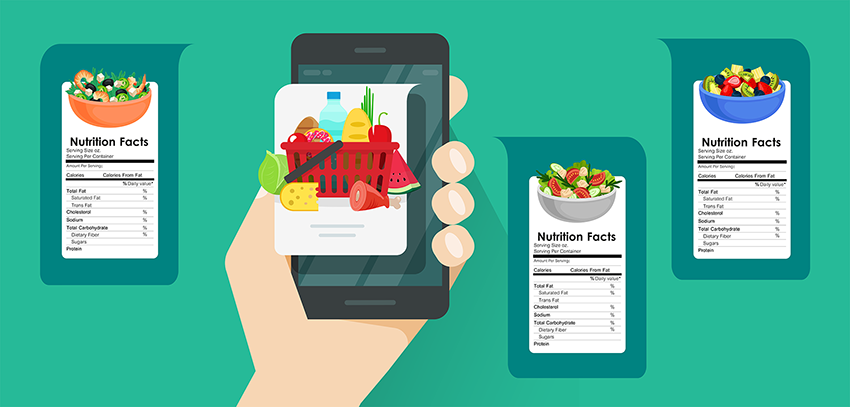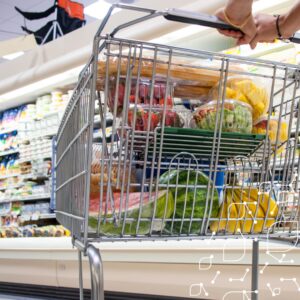
Invafresh’s recipe management software makes it easy to share this important information with customers, creating a unified cross-channel shopping experience.
Part 2 of our 3-part series looking at how data from Invafresh’s fresh item management software can be used to enhance your customers’ shopping experience and boost e-commerce coming out of COVID-19.
With the rise of e-commerce, savvy grocers are starting to really dig into what is missing from the online shopping experience. Only a few have realized that e-commerce product listings offer underutilized real estate for displaying nutritional information, which can have big payoffs for marketing and creating a unified cross-channel experience.
Nutritional Labeling for Prepared Foods and Ingredients
Recipe Manager manages the transformation process, tracking ingredients from the backroom to the sales floor. It is used across departments and integrates with a global food ingredient database by ESHA Research to generate nutritional labels on demand. Fresh departments typically use our E-PLUM scale management software to print these labels, but there is no reason why e-commerce teams can’t offer this same digital information to online grocery shoppers.
While center store nutritional labeling is the responsibility of the food manufacturers, the onus for prepared foods labeling falls on the grocery store. Food retailers are beginning to recognize the lack of nutritional information available to online customers about their own products. They want to be able to offer the same high-quality nutritional and allergen information for all e-commerce products to enhance the customer experience and create a seamless customer journey, online or in-store. This information can be for ‘simple’ recipes like cut fruit or more complex offerings like meal kits, bakery items, deli platters or sauces.
Value-Add Information for Better Customer Engagement
Consumers are increasingly turning to their neighborhood grocery store for healthy meal ideas and inspiration. Before the pandemic, the push for recipes was part of an ongoing health and wellness trend. This has accelerated as people look for ways to maintain health and most importantly, improve immunity.
In addition, shelter in place orders and restaurant closures have created a resurgence in home cooking. FMI’s U.S. Grocery Shopper Trends COVID-19 Tracker (April 15-25) found that three-fourths of people said their households had been cooking their dinners a home nearly every day. And experts agree this habit is likely to remain. IRI found that over half of people surveyed said they will continue to make more meals from scratch than they did pre-COVID.
Therefore, providing affordable, healthy recipes with a complete nutrition profile has become an even more valuable marketing and promotions tool for food retailers. Google is reporting that search interest in “recipe” has reached an all-time high worldwide from 2004 to now.
Expanding beyond a grocery store’s prepared food offerings, recipes like:
- dietitian-curated recipes for health conditions like diabetes or heart-health
- recipes promoting house brands as ingredients
- chef-created meal kits
- cooking class recipes where customers shop for ingredients in-house
- promotional recipes with brands
- and recipes for popular diets like keto, paleo, and free-from recipes.
These can all be maintained in Recipe Manager, with nutritional information made accessible online, through loyalty portals or brochures. Being able to access the same level of accurate, high quality information from both food labels and online recipes makes these resources even more valuable to shoppers.
Conclusion
Being able to evaluate the nutritional information of both inspiration recipes and prepared foods will be a powerful marketing tool as consumers continue to focus on eating right for health and immunity. In addition, adding nutritional labeling information to online product listings ensures that in-store and online shoppers can access the same information for a seamless shopping experience.





